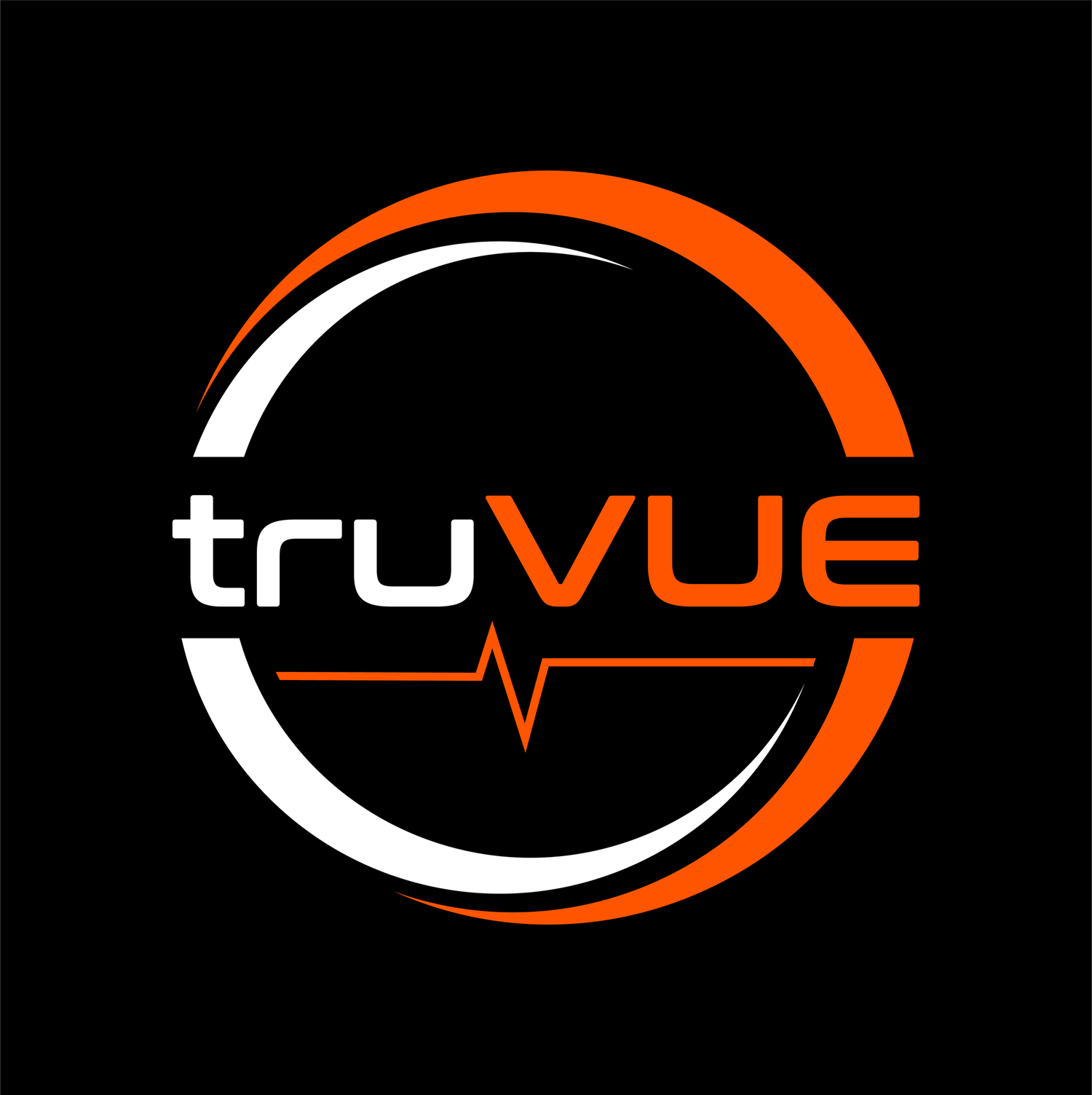FAQs
-
Corrosion is the degradation of a material through a reaction between the surface of the metal and another media. See more in our “Corrosion 101” Section.
-
There are two main categories of bacteria that cause MIC, anerobic and aerobic, along with six different subcategories.
Aerobic bacteria refers to the group of microorganisms that grow in the presence of oxygen and thrive in the an oxygenic environment. Anaerobic bacteria refers to the group of microorganisms that grow in the absence of oxygen.
-
By definition “Due Diligence” is reasonable steps taken by a person in order to satisfy a legal requirement, especially in buying or selling something OR a comprehensive appraisal of a business undertaken by a prospective buyer, especially to establish its assets and liabilities and evaluate its commercial potential.
-
No. The non-invasive nature of Ultrasonic Testing allows a system to remain fully operational during an assessment. Physical access to the building area and piping system will be required.
-
Timing of system test is variable from system to system or building to building. Some examples…
A system located indoors, stable water supply, no changes may not need to be checked as often
A wet system with a lot of changes(new tenants, changing of spaces layout, adding heads) may need to be checked each time the system is “recharged” as re-oxygenated water may increase corrosion and bacteria growth.
A system located in a particularly toxic environment(exhaust fumes, seacoast external applications, chlorinated environments) may degrade quicker than other systems and should be checked more regularly.
-
Yes, our services are available across the entire US, including Hawaii and Alaska. Services can also be performed internationally for select clients.
-
Yes, piping with only one or two coats of paint will typically not require scraping at the test locations. However, if the piping system is older and “mitigation” of visible corrosion has been to paint over the piping, scraping of coating material at test locations may be required.
-
Water testing is a service we partner with an outside firm to provide as an add on to our services if requested. The benefit of truVUE providing this service is the reporting of the entire system will be within one document along with only one contact for services.
-
Sprinkler system is meant to last for 30-40 years before replacement of components may be necessary. However, just like any other type of building systems, improper maintenance or service can significantly shorten useful life expectancy. For example, corrosion issues left unchecked can begin degrading system integrity by year 12-15 or sooner.
-
The benefit of our proprietary life prediction algorithm coupled with our testing method — this decision is up to you. Sprinkler systems are typically installed in 10.5 to 21 foot lengths, and constructed using mechanical gasketed or threaded fittings — through the lens of our assessment, you can choose the most cost-effective means of replacement. Perhaps a new tenant will soon be moving into the space, and it makes more sense to replace a larger quantity of piping before they arrive. Maybe it is preferred to create a “replacement schedule” to build in capital expenditures into your yearly budget. The choice is yours, either way the system should be flushed, based on the integrity of the piping, to remove any contaminants within the system that have yet to cause any corrosion issues.
-
According to a study conducted by NFPA in 2021 the most common cause for sprinkler ineffectiveness to contain a fire is a combination of water not reaching the fire and not enough water discharged(81% total). There are several failures that can cause these issues(water shut off, design failures, etc) however one can be defects of the sprinkler system itself. One defect that can be easily prevented is pipe corrosion causing leaks or entire pipe failure causing issues with water supply downstream. Routine testing for interior pipe corrosion via non destructive means can be an effective tool against combating corrosion related pipe failures.
-
Each and every system is different. Pricing depends on the size and type of the building, relative ease of access, and overall condition of the piping’s exterior. In addition, factors such as off-hours access, travel, and security clearances can affect the total pricing of our assessment. A typical yardstick for cost of services can be roughly 10-15% of the cost of total system replacement.
-
“DRY” and “WET” in fire protection references the stable state of the piping system. “WET” Systems typically have water within the pipes at all times. “DRY” systems are free of water, and only fill during activation.
Water is typically still utilized as the means of protection in a “DRY” system, however there are steps taken to ensure the pipe is not filled unnecessarily in order to prevent leaks above sensitive areas such as data centers and museums, or is located in an area where freezing could occur if left filled, such as parking garages and loading docks.
